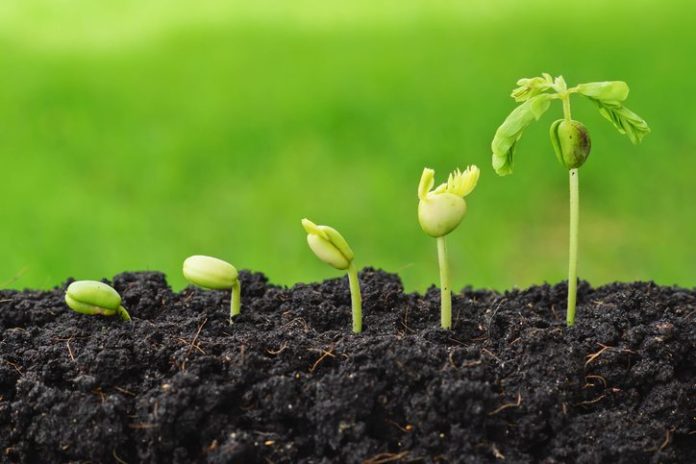by Jaime Manalo IV
Before the pandemic, access to food was never an issue as long as you have the money to buy it. After work, we can stop at any convenient stores and we will be spoiled with plenty of options. The situation has changed significantly and abruptly because of CoViD-19. It is not uncommon to hear stories of people not being able to secure their food as shops have run out of supplies. Certainly, the question is, where do we go from here?
A more colloquial example, as how our scientists would describe it, is a bahay-kubo concept, i.e., surrounding your house with vegetables and other food crops. If there is space, you may want to have a pond for tilapia fingerlings or a space for livestock.
The answer, actually, may have already been there a long time ago. We probably have just been ignoring it. At PhilRice, the country’s lead agency for rice research and development, the Palayamanan program has been going on for more than a decade. The concept is straightforward: to diversify food sources for farmers.
A more colloquial example, as how our scientists would describe it, is a bahay-kubo concept, i.e., surrounding your house with vegetables and other food crops. If there is space, you may want to have a pond for tilapia fingerlings or a space for livestock.
Over the years, the Palayamanan concept has had a life of its own. It has been adapted in many places such as in schools, detention centers, and in cooperatives. There are also many field demonstration areas across the country (most local offices of the Department of Agriculture would have one).
Without much thinking, among the key advantages of growing your own food is it ensures that you have food to eat. You pick as you need. Also, from the point of view of protecting the environment, this is a sure way to lessen our carbon footprint.
Space is a main issue that comes to mind when we talk about growing our own food. Container gardening is an answer to it. This has been demonstrated several times in the Institute. Another solution is to ensure that a barangay devotes a space for community gardens. These community gardens will then be maintained, and barangay officials may devise mechanisms on how to manage the produce.
Also, another initiative that has been going on for quite some time is the Department of Education’s (DepEd) Gulayan sa Paaralan. We have thousands of community schools nationwide.
At PhilRice, we had the chance to work with DepEd’s more than 200 high schools nationwide and we were just so amazed as to the level of innovations that are being done in the schools. For example, our participating school in the Infomediary Campaign, the Libacao Agro-Industrial High School, grows eggplant and tomatoes using empty paint containers. Another is how the Banay-banay Agro-Industrial High School adapted the capillarigation technology (it is a water management technology to optimise use of water in irrigating vegetables) using old tarpaulins.
I am pretty sure there are more innovative solutions than the ones I mentioned. The point, however, is that the solutions are there already—and they are not too complex!
Should you have questions, please reach us through The PhilRice Text Center, 0917-111-7423. (JMIV)
(Note: The writer is a Supervising Science Research Specialist at PhilRice, and is an Australian Leadership Awardee.—Ed.)
Some links:
Information portal on rice cultivation in the Philippines: www.pinoyrice.com
See how schools lead this effort: https://www.philrice.gov.ph/databases/references/ and www.infomediary4d.com
More about Palayamanan: https://www.philrice.gov.ph/databases/references/
PhilRice: www.philrice.gov.ph




